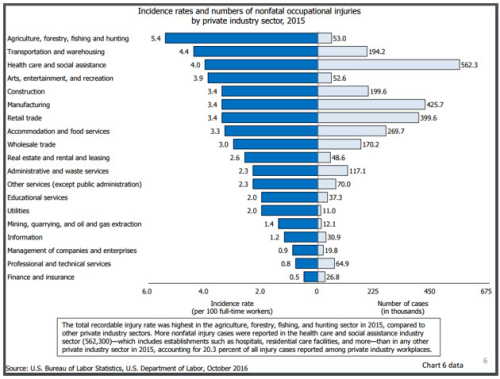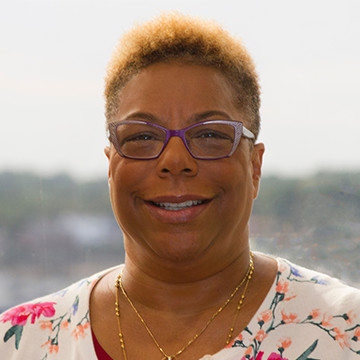Caregivers: First Do No Harm to Yourselves
Caregivers often put the needs of others before their own regardless of what exposures they may face while doing their nurturing tasks. One of the most important tips to give both informal and professional caregivers is to ensure that THEIR SAFETY COMES FIRST so they can support their residents, patients, and loved ones.
When you fly on an airplane, the flight attendant instructs everyone to put on your oxygen mask first before you assist others. If caregivers don’t take care of themselves first, they may experience work related injuries and illnesses. These can contribute to lost work days, reduced income, physical limitations impacting their family and work life, or job dissatisfaction. Without being able to function as caregivers, who will be around to provide the nurturing support they desire for their care recipients?
If there’s any doubt about the injury potential in the health care industry, just take a look at the U.S. Department of Labor 2015 statistics below. Over 20% of all recordable injuries in the private sector occurred in health care (more than any industry at over 562,000), and the 4.0 incident rate is near the top of all industries.

While healthcare workers, regardless of their setting, are exposed to numerous risks, caregivers in home environments face heightened challenges as a result of uncontrolled and non-regulated conditions. Home health caregiver exposures can include poorly designed bathrooms, non-adjustable furniture/beds, slippery walkways that aren’t maintained, unsanitary conditions, dangerous pets, motor vehicle dangers, exposure to poor air quality, and the threat of violence. Another big concern for caregivers working in home care environments is the lack of staff support. Often home care assistance is provided by one caregiver, therefore in the event of a conflict or emergency, there is no one else to help.
It is important that caregivers ensure they have the right tools, devices, and equipment to support the needs of themselves and their care recipients in a safe and healthful manner. For professional caregivers working with an employer, reach out to that employer for the proper equipment and education on how to safely perform the tasks at hand. For informal caregivers taking care of loved ones, resources such as durable medical equipment suppliers, trusted internet sources, and local social assistance agencies may be able to provide the support necessary to ensure a safer working environment. If you find yourself in a situation where you feel alone, unprepared or in over your head, you must ask for help. There are no short-cuts to ensuring a safe and healthful environment for care givers and recipients. Caregivers working more safely is a win-win for themselves and their patients/residents/loved ones.
Additional resources are available from the National Institute for Occupational Safety and Health (NIOSH) and the Occupational Safety and Health Administration (OSHA).

